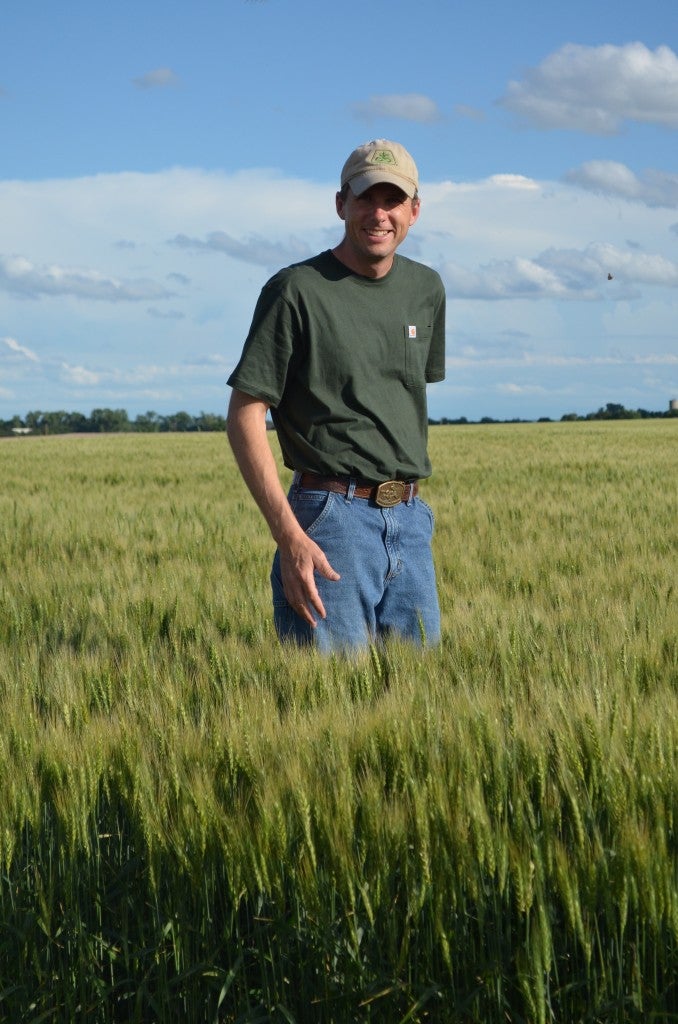Spanning across 31 states, from Minnesota down to the Gulf Coast of Louisiana, the Mississippi River Basin is one of the most significant waterways in the world. Not only is it important for commercial purposes, but it also provides critical wildlife habitat, fresh water and recreational opportunities for communities.
Given the river’s complex alterations and increasing climate impacts, it is more important than ever to take actions that will protect and nurture this treasured basin. Earlier this year, Environmental Defense Fund and co-authors* released new research that may prove beneficial to resource managers, aimed at evaluating and implementing actions to improve the Mississippi River Basin’s overall health and resilience. Based on this research, we are sharing a comprehensive framework that can be used to effectively manage the Mississippi River Basin as part of a whole basin governance structure that includes monitoring, modeling and adaptive management. Read More











 I first met Justin Knopf at a meeting in DC about five years ago. At 6’3”, he definitely stood out, but not just physically. He openly conveyed how important his family and his land are – the reason he cares so much about making sure his Kansas farming operation can live on is for his children. It’s rare to meet someone so articulate, sincere and committed to sustainability.
I first met Justin Knopf at a meeting in DC about five years ago. At 6’3”, he definitely stood out, but not just physically. He openly conveyed how important his family and his land are – the reason he cares so much about making sure his Kansas farming operation can live on is for his children. It’s rare to meet someone so articulate, sincere and committed to sustainability.
